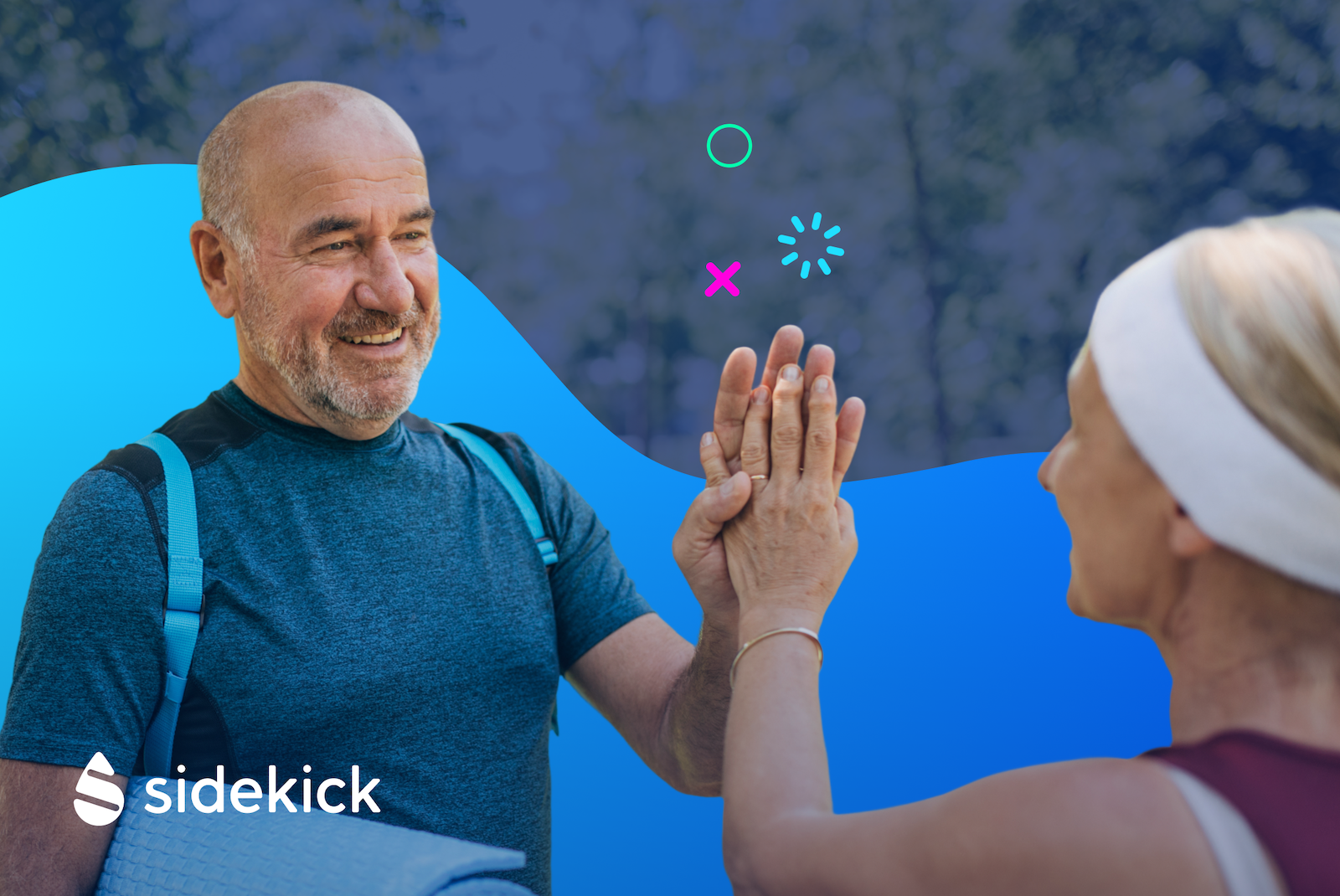
GLP-1 Digital Health Solutions: Unlocking Patient Support Potential
Learn how digital companions can transform GLP-1 obesity care by enhancing patient adherence, improving outcomes, and providing valuable real-world insights for life sciences companies.
The growing competition in the obesity treatment market demands innovative approaches for brand differentiation. For life sciences companies, addressing this multifaceted disease requires innovation—not only in pharmacotherapy but also in the integration of scalable, patient-centered solutions.
GLP-1 receptor agonists have redefined obesity care, offering significant health benefits beyond weight loss. Integrating lifestyle support into therapeutic offerings is no longer optional—it’s a fundamental component of care.
The National Institute for Health and Care Excellence (NICE) draft guidance on the use of Tirzepatide in obesity treatment underscores this shift, highlighting that lifestyle support is often absent in traditional care models1.
Digital companions: closing the gap in GLP-1 patient support
Delivering lifestyle support through scalable digital companions presents a safe, affordable, and effective way to:
- Enhance perceived value for both patients and healthcare providers.
- Mitigate risks of therapy discontinuation.
- Improve clinical outcomes.
- Strengthen brand differentiation in a competitive market.
However:
Success requires moving beyond generic advice like “eat less and move more.”
Effective digital companions must target the root causes of obesity and address the specific challenges patients face during treatment. This includes overcoming the stigma that often prevents patients from seeking or staying in care.
Optimizing GLP-1 adherence and persistence with patient-centric tools
An effective digital companion can unlock true value by serving as an extended hand for the clinician and a self management tool for patients. 2-9
They do this by:
- Building confidence and self-efficacy by empowering patients to actively engage with their treatment journey
- Educating patients to address the widespread misconception that obesity is not a disease, with 40% of patients unaware of this and 80% feeling solely responsible for their condition
- Implementing a whole-health approach to redefine treatment success, focus on overall health outcomes, not just weight loss
- Setting realistic expectations which prepares patients for the possibility of losing less weight than expected while still achieving significant health benefits
- Supporting medication adherence by providing tools for reminders, routines, titration guidance, and addressing injection anxiety
- Driving medication persistence as a result of setting realistic expectations and frame treatment around long-term health gains rather than short-term weight loss
- Mitigating side effects through equipping patients to self-manage common side effects through proactive tracking and helping them connect the dots
Want to learn even more about how digital solutions can unlock the full potential of GLP-1 therapies?
Want to learn more about implementing digital-first health solutions?


Using real-world data to strengthen GLP-1 treatment and commercial outcomes
Digital companions not only support patients but also offer pharmaceutical manufacturers valuable real-world data (RWD) which gets them closer to the patient.
This RWD includes:
- Patient-reported outcomes and engagement metrics
- Adherence patterns and digital biomarker data
- Insights into motivations, behaviors and lifestyle factors
- Uncover predictors of stay time and treatment response
These data points help identify treatment response patterns and ensure patients receive the right intervention at the right time, enhancing the overall effectiveness of obesity care.
By generating this data, digital companions bring pharmaceutical companies closer to the patient than traditional methods, offering unique insights into their lived experiences and day-to-day challenges.
Achieving GLP-1 Market Success Through Digital Innovation
The rise of GLP-1 mono, dual, and triple agonists has revolutionized obesity treatment. However, addressing challenges like adherence, persistence, and patient empowerment is critical for manufacturers seeking to establish clinical credibility and align with the emerging models of care.
By integrating thoughtful lifestyle support and leveraging digital tools, life sciences companies can redefine obesity care, ensuring patients achieve sustainable health outcomes while differentiating their brands in a rapidly evolving market.
📧 If you're interested to know more about what digital health can do for your life sciences company, reach out to our team here



.svg)




.jpg)



.jpg)
.jpg)



.jpg)
.jpg)


.jpg)
.png)

.jpg)
.jpg)
.jpg)
.jpg)
%201%20(1).jpg)

.jpg)
.jpg)

.jpg)


.jpg)
.jpg)

.jpg)

.jpg)


.jpg)
.jpg)



.jpg)
.jpg)
.jpg)


.jpg)


.jpg)
%201%20(1).jpg)


.jpg)
.jpg)
.jpg)
.jpg)

.jpg)


.png)
%201%20(1)%20(1).jpg)
.jpg)
.jpg)

.jpg)


.jpg)

.jpg)
.jpg)
.png)
%201%20(1)%201%20(1).jpg)

%201%20(1).jpg)
.jpg)




.jpg)
.jpg)
.jpg)

.jpg)
.jpg)

.jpg)
.jpg)

.jpg)

.jpg)

.jpg)
.jpg)
.jpg)

.jpg)
